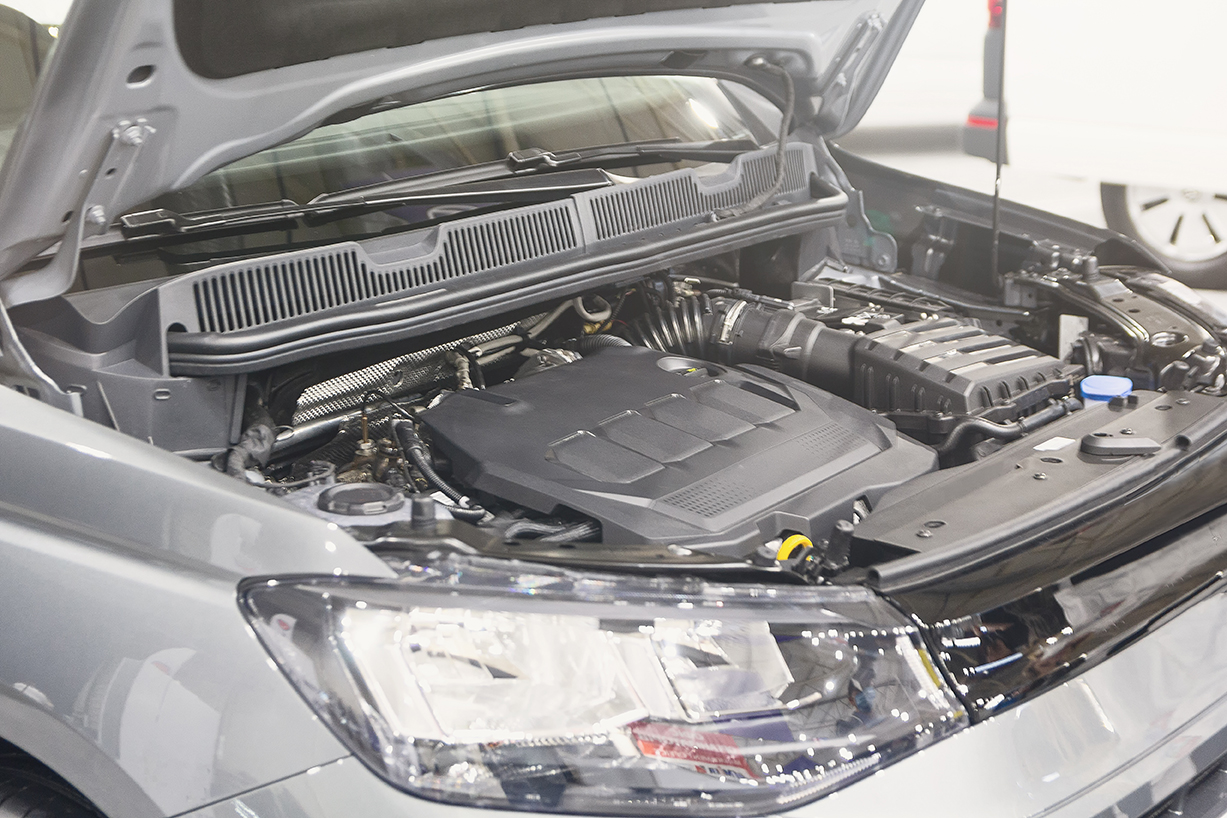You rely on your car’s cooling system more than you might think. It plays a crucial role in maintaining your engine’s operating temperature, preventing overheating, and ensuring optimal performance and longevity. Understanding how it works and knowing how to properly maintain it can prevent costly repairs and breakdowns. Let’s examine the importance of your car’s cooling system and learn how to keep it running smoothly.
Anatomy of the Cooling System
The Radiator and its Role
A crucial component of your car’s cooling system is the radiator. The radiator is responsible for dissipating heat generated by the engine through a network of small tubes where the hot coolant passes. As air flows over these tubes, the heat is transferred, cooling the fluid before it cycles back to the engine.
Water Pump, Hoses, and Thermostat
With the water pump, hoses, and thermostat working in harmony, your car’s cooling system maintains optimal temperature levels. The water pump ensures the coolant circulates through the engine and radiator, while the hoses connect these components. The thermostat regulates the coolant flow to help the engine reach its optimal operating temperature efficiently.
Water pump failures can lead to overheating and engine damage. Faulty hoses may result in coolant leaks, while a malfunctioning thermostat can cause engine overheating or poor fuel economy. Regular inspection and maintenance of these components are critical to ensuring your car’s cooling system functions properly.
The Coolant: A Vital Fluid
Even though it is often overlooked, coolant is a vital fluid for your car’s cooling system. It plays a crucial role in maintaining the engine’s temperature within the optimal range, ensuring smooth operation and preventing overheating issues.
Properties and Types of Coolant
- Antifreeze: Prevents the coolant from freezing in cold temperatures.
- Heat transfer: Helps absorb heat from the engine and dissipate it through the radiator.
- Corrosion protection: Guards against rust and corrosion within the system.
- Water pump lubrication: Provides lubrication to the water pump to enhance its longevity.
- Types: Can be either ethylene glycol-based or propylene glycol-based.
Knowing the properties and types of coolant is necessary for selecting the right one for your vehicle.
| The coolant prevents freezing in cold temperatures. | The coolant helps absorb heat from the engine. |
| The corrosion protection guards against rust. | It provides lubrication to the water pump. |
| Different types include ethylene glycol-based or propylene glycol-based. |
Changing and Disposing of Coolant Safely
On the note of changing and disposing of coolant safely, it’s crucial to handle this task with care. Coolant can be hazardous to the environment and harmful if ingested. Proper disposal methods must be followed to ensure safety for both you and the environment.
Properties such as antifreeze capabilities can be dangerous if not handled properly. It’s important to wear protective gear and follow manufacturer guidelines for disposal. Be mindful of, coolant should never be poured down the drain or on the ground as it can contaminate water sources and harm wildlife.
Maintenance and Troubleshooting
Regular Maintenance Schedule
Many car owners often overlook the importance of maintaining their car’s cooling system regularly. On a regular maintenance schedule, it is crucial to check the coolant level, top it off when needed, and inspect hoses and belts for any signs of wear and tear. Flushing the cooling system every 2-3 years is also recommended to prevent clogs and ensure optimal performance.
Common Issues and Solutions
With the cooling system, common issues such as leaks, overheating, and a failing thermostat can arise. One of the most common reasons for overheating is a leak in the system, which can be caused by a damaged hose or a faulty radiator. Ignoring these issues can lead to severe engine damage, so it is imperative to address them promptly.
Solutions: If you notice your car overheating or detect a coolant leak, immediately pull over and turn off the engine to prevent further damage. Check for leaks, replace any damaged hoses or components, and top off the coolant. If the issue persists, it is best to have a professional mechanic inspect and diagnose the problem to avoid any further complications.
Performance Upgrades
Enhancing Cooling Efficiency
For optimal performance of your car’s cooling system, enhancing cooling efficiency is imperative. Upgrading to a high-performance radiator with increased capacity and thermal conductivity can significantly improve heat dissipation. Additionally, using a high-flow water pump and a quality thermostat can help regulate temperature more effectively.
Aftermarket Options
To explore aftermarket options for your car’s cooling system, consider upgrading to performance coolant that has a higher boiling point and better heat transfer properties. An upgraded fan with increased airflow can also enhance cooling efficiency. Always consult with a professional mechanic or cooling system specialist before making any aftermarket modifications.
Any aftermarket modifications to your car’s cooling system should be done carefully and with the guidance of a knowledgeable professional. While aftermarket options can improve cooling performance, improper installation or incompatible components can lead to potential damage to the engine. It is crucial to ensure that all aftermarket upgrades are compatible with your vehicle’s make and model.
Upgrades
Conclusion
Presently, understanding and maintaining your car’s cooling system is crucial for ensuring optimal performance and longevity of your vehicle. By familiarizing yourself with the different components and functions of the cooling system, you can detect and address any issues before they escalate into major problems. Regular inspections, fluid checks, and timely repairs will help prevent overheating and costly repairs down the line. Remember to follow the manufacturer’s guidelines and seek professional help when needed to keep your car running smoothly.
FAQ
Q: What is the cooling system in a car?
A: The cooling system in a car is a crucial part of the vehicle responsible for keeping the engine at optimal operating temperature. It consists of various components such as the radiator, water pump, thermostat, cooling fan, and coolant, all working together to dissipate excess heat generated by the engine.
Q: Why is it important to understand and maintain your car’s cooling system?
A: Understanding and maintaining your car’s cooling system is vital because a properly functioning cooling system helps prevent engine overheating, which can lead to costly repairs or even complete engine failure. Regular maintenance, such as checking coolant levels, inspecting for leaks, and replacing worn-out parts, can help ensure the longevity and performance of your vehicle.
Q: What are some signs that indicate issues with the cooling system in a car?
A: There are several warning signs that may indicate problems with your car’s cooling system, including overheating, coolant leaks, a persistent sweet smell inside the car, fluctuating temperature gauge, or a coolant warning light on the dashboard. If you notice any of these signs, it is vital to have your cooling system inspected by a qualified mechanic to prevent further damage to your vehicle.



